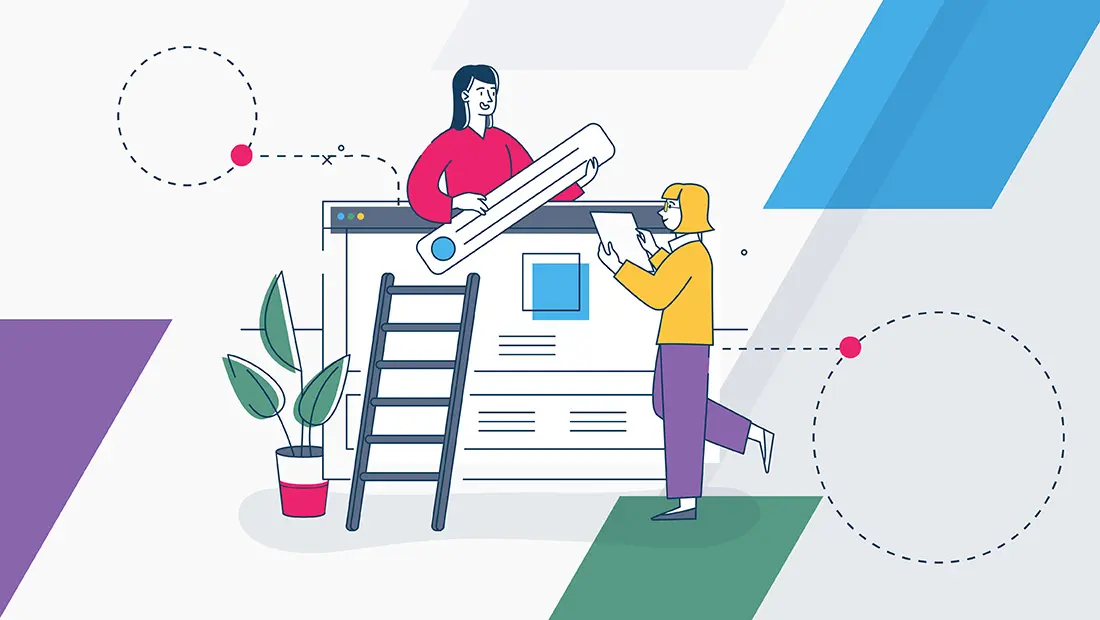As more and more companies wake up to the value of positive user experiences, they’re racing to build out their customer success teams.
Unfortunately, if you’re a leader who’s in charge of spearheading customer success and you don’t have clear customer success organizational charters guiding you, your world may feel a bit chaotic.
We’re here to help you build a stable launchpad to skyrocket past your customer success goals. Here’s how to define your customer success organizational charter and build a well-oiled customer success machine.
Why Define Customer Success Charters?
Your company has a lot to gain by establishing customer success charters. After all, 80 percent of customers now say the experience a company delivers is as important as products and services. Customer success charters focus those valuable efforts and provide paths to long-term product-led success. They bring your team together, line up roles and responsibilities, and ensure everyone is moving in the right direction.
What’s more, chiseling out lanes and a direction helps you focus on customer-centric results. That means your product is actively supporting customer success and staying centered on the customer as it grows.
Ready to get started? Here are a few ways to pin down your customer success organizational charter:
First, Organize Your High-Level Customer Success Departments
It’s a good idea to start defining customer success charters by nailing down your high-level needs. Start by identifying your biggest customer needs. For instance, you might decide you need to manage outcomes, increase Time to Value (TTV), and provide solutions on-demand. From there, you’ll want to create departments to address each need.
Secrets to Crafting Your Customer Success Organizational Charters
Once you solidify your high-level org structure, you’ll want to create a charter for each function within those organizations. Here’s what to consider as you define each of your customer success charters:
Your Charter Mission
Nailing down each charter mission will help keep your plans focused and aligned. These don’t need to be manifestos. It’s best to keep them to one sentence to stay focused.
It’s also important that each mission addresses the customer’s need, not your company’s need. For instance, if you’re creating a charter for Customer Success Managers (CSMs), the mission might be to “Translate business objectives into real change and ROI for the client.” Keeping your mission customer-focused will ensure your decisions are putting their needs first—a recipe for product-led growth.
Determine Which Operating Metrics Define Success
Simply put, you can only measure what you can define. That’s why it’s important to decide what operating metrics will define success for each customer success function. These might be financial metrics, but chances are most of them won’t be. For the best results, choose operation metrics that check the following boxes:
- They influence the final financial outcomes you’re aiming for.
- They help you measure the success of your daily activities.
- They have the potential, perhaps with a little explaining from you, to be important to your CEO.
Establish Your Main Cost Metric
In this step, you’ll want to pick a cost metric that determines how to set a budget for the function. The metric should help you decide whether investing in this area will result in a positive ROI.
Although this can be an important part of many customer success charters, cost metrics may not fit every team. For instance, you may decide to invest in Customer Success Operations the way you would if you’re hiring engineers. Basically, in some cases, you’ll be making an upfront investment that will help the rest of the organization scale down the line.
List Key Activities
Take some time to list the essential activities that will help you achieve the mission of each customer success function. That means laying out what you think each team should do. One efficient way to do this is to use a time analysis to figure out what teams are currently working on and any gaps sitting between teams.
Predict and Document Risks
You can plan for challenges by identifying and addressing any risks that could prevent each team from completing its mission. One way to do this is to write down all the things that can go wrong as you try to achieve your mission.
Identify How Teams Depend on One Another
A good way to start identifying dependencies is to ask each team or function, “In order to achieve your mission, what do you expect other teams to do?” By identifying dependencies, you’ll start seeing where there are communication breakdowns or misaligned expectations. For instance, you may see that Team A expects Team B to accomplish tasks that Team B doesn’t think is their job. Once you list out all of the dependencies, you’ll want to clear things up by nailing down what team should be doing which duties.
Keep Sharpening Your Customer Success Skills
These functions will provide the direction you need to create your customer success organizational charter. From there, you’ll have the tools to start climbing towards customer success and growth.
Want to uncover more ways to boost your customer success expertise? Register for our webinar CS Ops Unplugged to tap into expert advice from a community of customer success professionals.

